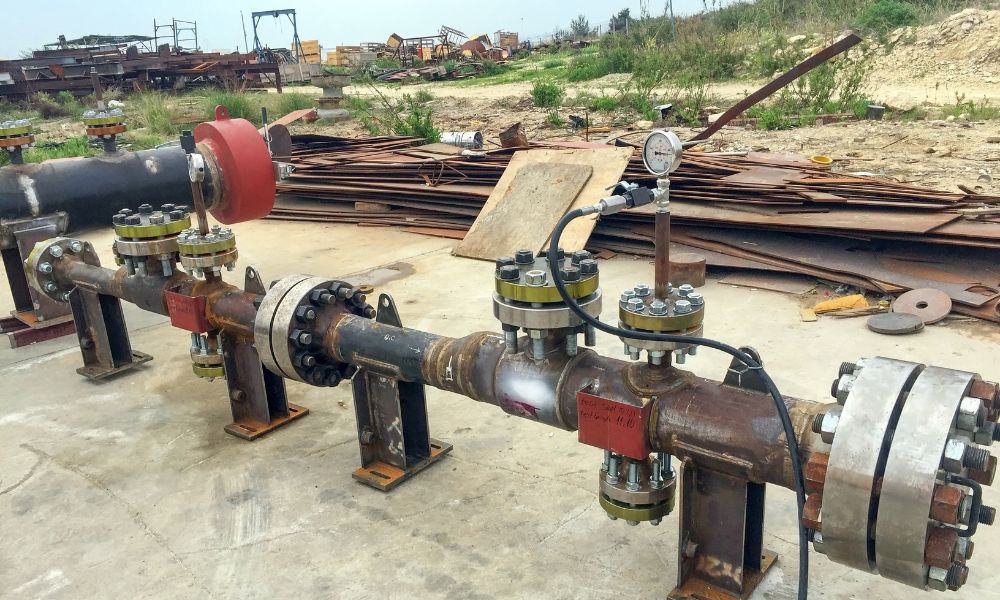What Is On-Site Hydrostatic Pressure Testing?
When was the last time your hydraulic hoses received a hydrostatic pressure test? Learn the basics of this test and why it’s important in our explainer.
by Scot Ranney • January 18, 2023
Hydrostatic pressure testing is integral to maintaining hydraulic hoses and other pressurized vessel systems. But what is on-site hydrostatic pressure testing, and why is it important? We answer those questions and more below.
What a Hydrostatic Pressure Test Examines
First, what exactly is hydraulic pressure testing? Hydrostatic testing is something every hydraulic hose, pipeline, meter skid, and other vessels must undergo routinely to ensure quality control.
A hydrostatic pressure examines the structural integrity of pressurized vessels such as:
- Hydraulic hoses
- Boilers
- Tubing
- Gas cylinders
- and more
Finding small leaks and fixing them before they become more significant leaks is vital to the function of the vessel’s system and its safety.
Why Hydrostatic Pressure Testing Is Important
Hydrostatic testing is as critically important as testing every other aspect of a building’s infrastructure and capability. Hydraulic hoses and other vessels have to maintain a sizable amount of pressure, and components can degrade over time, causing leaks that can become disasters if left unchecked.
A hydrostatic test ensures the vessels can maintain the pressure it’s rated for and guarantees that fittings, flanges, and other components are working properly. A hydrostatic pressure test is also a vital safety procedure for these pressurized systems, as a leak can lead to a burst and other hazardous situations for every occupant within the structure.
How a Hydrostatic Pressure Test Is Administered
A hydrostatic pressure test is a straightforward procedure; however, only trained and experienced professionals should administer it, as a minor mistake could result in critical damage and endangerment. The procedure differs based on the vessel, but the gist is examiners fill the hoses or containers with water at a higher pressure than the Maximum Allowable Working Pressure rate.
This increased pressure makes smaller holes and leaks much easier to spot, preventing potentially dangerous failures. Essentially, on-site hydrostatic pressure testing causes small leaks to prevent bigger leaks.
The Benefits of Outsourcing Hydrostatic Pressure Testing
Hydrostatic testing is a crucial tool for maintaining hydraulic hoses. However, it’s not something you can do on your own, and the benefits of outsourcing these tests to professionals—like us at The Hose Shop—are great. For one, there are many ways this test can go wrong if done by an amateur and can do more damage to the hoses than good.
Also, by outsourcing this test to professionals like The Hose Shop, the test can be done more efficiently and effectively—saving you money on labor and downtime while minimizing risk. If it’s been over three years since your hoses received a hydrostatic pressure test, contact our helpful staff to set up an appointment to get your hoses checked today.


